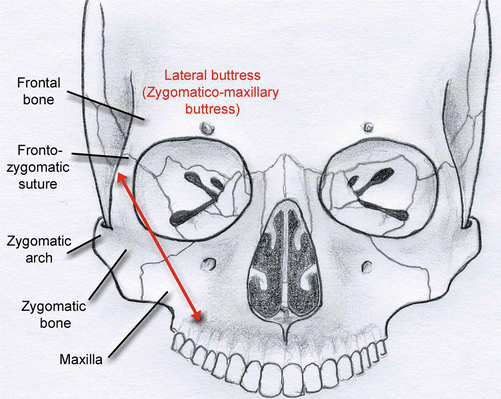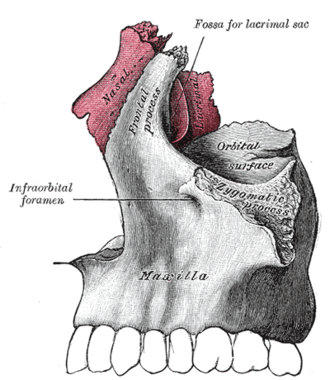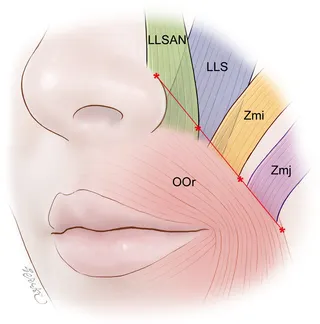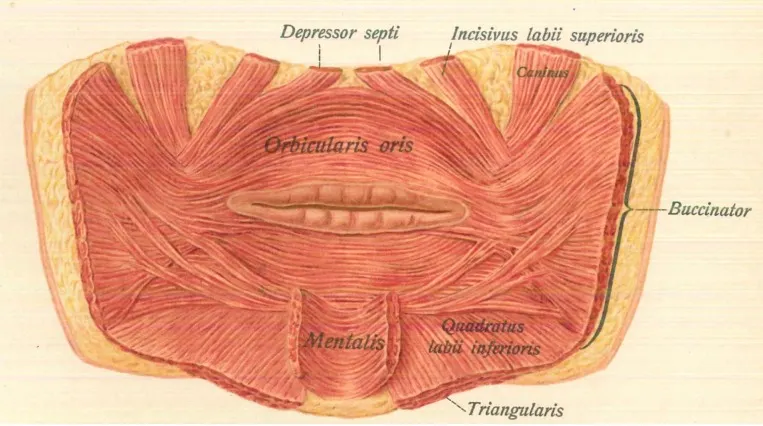M
MazeFly
Iron
- Joined
- Sep 14, 2024
- Posts
- 22
- Reputation
- 29
Is there anyone here who thinks they would be capable of giving meaningful input on the design upper midfacial implants?
My history briefly: Bimax done twice, including zygomatic sandwich osteotomy during my second bimax. First bimax movements were almost 0 (it was totally botched), second bimax I got 5mm A-point, 8mm pogonion. Total movement on pogonion I got across both surgeries is about 10mm. I had moderate sleep apnea, now it's fully cured (AHI 0.9 with virtually no RERAs). I have continued dissatisfaction over facial appearance, I have a gummy smile, a slightly elongated philtrum (normal range, but it was very short prior to these surgeries and my facial harmony was better that way, now it's on the longer end of the normal range), lack of ogee curve due to excess lower maxillary projection relative to zygomatic projection (due to second bimax, ZSO didn't compensate enough). Mild lower eyelid retraction with tight orbicularis oculi musculature at rest to compensate (my eyes get dry quickly when I relax the muscle, this has been the case my whole life, it's not a consequence of my prior surgery). I have a negative orbital vector and excessively rounded inferior orbital rims.
I'm current considering this path:
Bimax hardware removal combined with placement of saddled titanium mesh infras with extensions into the zygomatic body and arch, followed by TAD-assisted orthodontic intrusion of the maxillary incisors with the aim of reducing tooth/gum show by about 2-3mm and shortening philtrum by about 0.5-0.7mm (my superimpositions of images from publications on TAD-intrusion suggest this is possible due to decreased area the philtrum skin has to stretch over and mandibular autorotation that accompanies such intrusion), followed by a convervative botox lip flip and maybe slight lower lip filler, aiming to achieve a final philtrum shortening around 1-1.25mm, followed by maybe a small amount of filler into the mandible to balance out the slight zygo arch widening.
Please only bother replying to my thread if you're decently knowledgeable, thanks for not wasting my time.
My history briefly: Bimax done twice, including zygomatic sandwich osteotomy during my second bimax. First bimax movements were almost 0 (it was totally botched), second bimax I got 5mm A-point, 8mm pogonion. Total movement on pogonion I got across both surgeries is about 10mm. I had moderate sleep apnea, now it's fully cured (AHI 0.9 with virtually no RERAs). I have continued dissatisfaction over facial appearance, I have a gummy smile, a slightly elongated philtrum (normal range, but it was very short prior to these surgeries and my facial harmony was better that way, now it's on the longer end of the normal range), lack of ogee curve due to excess lower maxillary projection relative to zygomatic projection (due to second bimax, ZSO didn't compensate enough). Mild lower eyelid retraction with tight orbicularis oculi musculature at rest to compensate (my eyes get dry quickly when I relax the muscle, this has been the case my whole life, it's not a consequence of my prior surgery). I have a negative orbital vector and excessively rounded inferior orbital rims.
I'm current considering this path:
Bimax hardware removal combined with placement of saddled titanium mesh infras with extensions into the zygomatic body and arch, followed by TAD-assisted orthodontic intrusion of the maxillary incisors with the aim of reducing tooth/gum show by about 2-3mm and shortening philtrum by about 0.5-0.7mm (my superimpositions of images from publications on TAD-intrusion suggest this is possible due to decreased area the philtrum skin has to stretch over and mandibular autorotation that accompanies such intrusion), followed by a convervative botox lip flip and maybe slight lower lip filler, aiming to achieve a final philtrum shortening around 1-1.25mm, followed by maybe a small amount of filler into the mandible to balance out the slight zygo arch widening.
Please only bother replying to my thread if you're decently knowledgeable, thanks for not wasting my time.





